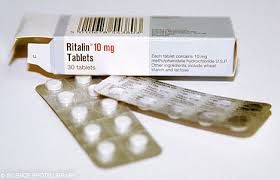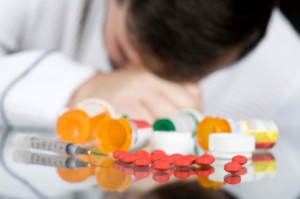Types of Counseling Used for Stimulant Addiction Treatment
Since there is no medication for stimulant addiction treatment, you have to rely on counseling and therapy to conquer a stimulant addiction. There are several forms of therapy that have proven helpful.
The Matrix Model
The Matrix Model is an intensive treatment program that draws from a variety of counseling types. It is currently the most accepted treatment model for all forms of stimulant addiction. It offers a coordinated program of different techniques that are designed to work together in a safe and effective manner. The Matrix Model extends for a 12 to 16-week treatment duration.
There are many treatment centers that use the Matrix Model for stimulant addiction. To find one, all you have to do is call Stimulants.com at 800-605-6597 Who Answers?.
Contingency Management
Contingency management works for those who are hardcore stimulant addicts. It is a reward based system that gives clients vouchers for clean drug tests and attended therapy appointments. These vouchers are useful for recreational activities and other fun things. Some people believe that this system is not cost effective, and often, when the rewards stop the treatment tends to stop. Nonetheless, it does work for some addicts who are in danger.

The Matrix Model was created specifically to treat stimulant addictions.
Cognitive-Behavioral Therapy
Cognitive-behavioral therapy teaches the addict to recognize those things that make them use drugs. By learning the thoughts, moods, cravings, and other triggers, they can start to avoid them or substitute a positive behavior. It replaces the negative triggers with more positive ones. Opponents of cognitive-behavioral therapy believe that it is too complex of a treatment to work for most therapists. It is extremely difficult to learn and even more difficult to teach to a patient who is fighting drug addiction and other disorders.
Recovery Support Group Therapy
Stimulant addiction is extremely difficult to handle alone. Most people relapse due to the lack of a stable support structure. In order to correct this, you need to establish a good support system so you have somewhere to turn during cravings and other conflicts. Recovery support group therapy can help to establish this support structure in a short time. People with healthy support systems have less of a chance of serious relapse than those that do not.
This type of therapy is almost always lead by a therapist, unlike 12 step programs. In 12 step programs, addicts help addicts as peers.
Stimulant Addiction’s Hold on the Mind and the Benefits of Talk Therapies in Treatment
Behavioral Therapy
In behavioral therapy, a stimulant addict learns to switch positive behaviors with the negative ones that trigger drug addiction. Most people who engage in behavioral therapy have to be cautious to keep from substituting the negative behavior with another negative behavior, such as smoking cigarettes or substituting another drug.
Finding a Treatment Center for Stimulant Addiction
According to the National Institute on Drug Abuse, although certain vaccines and medications are in development, there is nothing yet approved for human consumption; only counseling and supplemental treatments are in use. In order to find a treatment center that offers these therapies for your stimulant addiction, all you have to do is call 800-605-6597 Who Answers?. Stimulants.com can help you end your dangerous stimulant addiction before it is too late.



